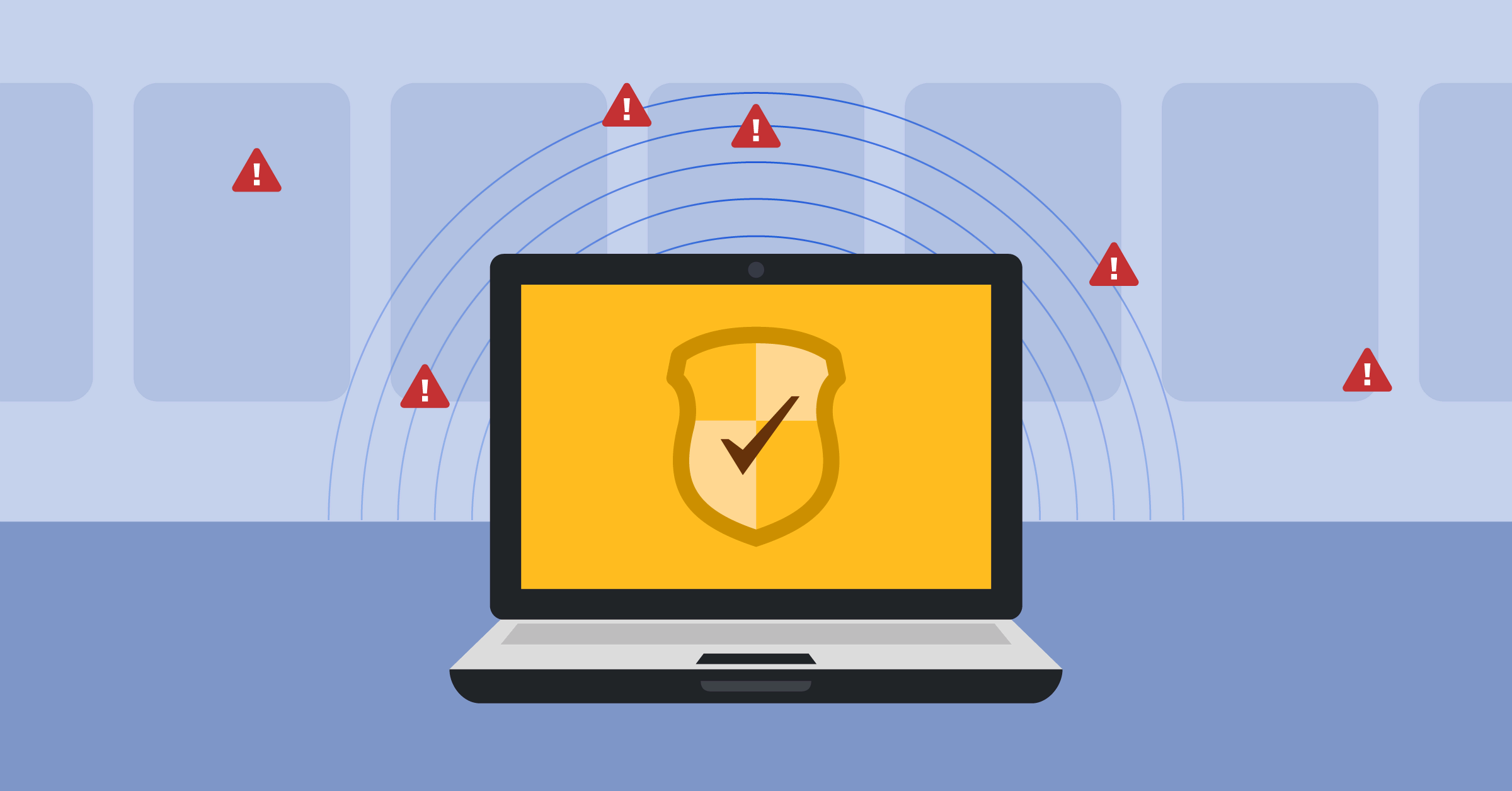
When should you use out-of-band communications?
Learn when to use out-of-band communication platforms to ensure seamless collaboration for your team when the stakes are high.
How would your team stay connected if your primary communication network failed?
To keep lines of communication open during emergencies, today’s leading organizations deploy out-of-band communication solutions alongside their main channels.
An out-of-band (OOB) communication system exists outside an organization’s primary network. As a result, it enables team members to stay connected when main lines are compromised, corrupted, or otherwise unavailable.
Here are three common use cases for OOB comms to better understand what this might look like in the real world.
1. Responding to a network breach or cyberattack
In the event that a bad actor infiltrates your network or launches a cyberattack against your organization — like a hacking incident, a ransomware attack, or a distributed denial of service (DDoS) attack — an out-of-band communication solution plays a critical role in helping teams navigate and resolve the event.
Since an OOB system operates independently of the compromised network, incident response teams can access a secure channel to exchange critical information without relying on potentially compromised infrastructure. This isolation ensures that bad actors can’t gain control over the backup communication channel, which helps teams maintain the confidentiality of their communications and response plans.
Effective communication is paramount to effectively respond to a network breach. OOB solutions facilitate the rapid transmission of incident details, enabling the response team to act urgently. Mission-critical decisions — such as isolating affected systems, deploying patches, or initiating recovery sequences — can be communicated securely and efficiently through backup channels.
During a DDoS attack, OOB systems help teams coordinate their response outside primary communication channels. By sharing insights and analysis outside the impacted network, organizations can collaborate with security experts, service providers, and other key stakeholders to implement effective countermeasures and restore normalcy.
Add it all up, and out-of-band channels are essential for investigating and navigating network breaches and cyberattacks and ensuring secure, rapid, and isolated communication channels for incident response teams.
2. As a failover communications solution
According to a recent study, IT outages impact 96% of enterprises. Since downtime can cost enterprises as much as $5 million per hour, organizations must get their systems up and running as quickly as possible whenever an outage occurs.
When primary network errors occur, an OOB communication system is a crucial failover solution that ensures continuous, reliable communication. When main communication channels are disrupted by outages or other technical issues, the OOB system provides a separate, independent avenue where important information can be securely shared.
The main advantage of using an out-of-band system as a failover communications solution is that it’s isolated from regular network infrastructure. This separation ensures that OOB channels remain operational even when the primary network is compromised or unavailable. Teams can rely on these alternative channels to maintain essential communication, share critical updates, and coordinate response efforts during incidents that may otherwise disrupt connectivity.
Since OOB systems often employ several modes of communication — including messaging, screensharing, and voice and video calls — they offer adaptability and resilience. This multi-channel approach minimizes the risk of a single point of failure, improving the team’s ability to operate with agility and respond rapidly to unexpected challenges.
When time is of the essence, an OOB solution becomes mission-critical. By providing reliable, independent communication infrastructure, OOB systems help teams navigate unforeseen disruptions seamlessly, ensuring business continuity while mitigating the impact of outages.
3. For red teaming exercises
Red teaming — the process of mimicking real-world attack scenarios to proactively identify and fix vulnerabilities before bad actors exploit them — plays a critical role in helping organizations polish their security postures and improve their incident response readiness.
An OOB solution is instrumental in facilitating red teaming exercises by providing a secure, isolated environment for red teams to communicate while stimulating cyberattacks and assessing the organization’s defensive capabilities. As a result, red team activities — including reconnaissance, probing, and simulated attacks — don’t inadvertently impact production environments. This allows for a controlled and secure testing environment, which prevents unintended disruptions to essential systems.
The isolated nature of the OOB system makes the red teaming exercises more real. Red teams can employ various tactics, techniques, and procedures without worrying about accidentally impacting day-to-day operations. As a result, organizations get the valuable insights they need to identify and address potential weaknesses in their security posture — enabling them to sharpen their overall cybersecurity stance.
How will you use OOB communications?
Unfortunately, it’s only a matter of time before system failures, network outages, or security breaches knock your main lines of communication offline.
Deploying an out-of-band communications system can help your organization ensure teams stay connected during emergencies, accelerating incident response and minimizing damages.
To learn more about out-of-band systems — including the benefits of an OOB solution and how to successfully implement one at your organization — check out our free guide: Out-of-Band Communication: Maintaining Business Continuity.




